Municipal Wastes Incinerators in Hong Kong
Primary tabs
Introduction
Municipal wastes were dumped in specially designed areas (tips) over decades. Due to high prices and low availability of land the Government of Hong Kong decided by the end of the 1950’s to investigate the building of municipal waste incinerators. At that time it became evident that the further lifetime of the main tip at Gin Drinkers Bay was limited.
Construction and Operation
Therefore two plants were built with a capacity of 750 tonnes per day each at Kennedy Town and at Lai Chi Kok (plant A). Every plant had four ovens: three working and one as standby for repairs and for high waste periods such as Chinese New Year.
In 1967 the plant at Kennedy Town started its operation. To avoid that flue gases will cause problems with people living nearby; two chimneys of 61 m each were built. The images showing the plant are from 1968 and 1970.
Next to open was Lai Chi Kok “A” in 1969. This image from 1968 shows the plant during construction – note the absence of smoke!
Due to high demand for incineration capacity a third plant was built directly next to Lai Chi Kok “A” and consequently named Lai Chi Kok “B”. The site was shared with a compost plant, and a Vehicle Service Station for that part of the Government fleet of vehicles operating in the area. Construction started in 1970, it was operational in 1971.
On these two photos plant A is on the right with two lower chimneys (as seen in the 1968 image), and plant B left behind it. The higher chimney (91 m high) with the red and white stripes belongs to plant B. This one was built higher than two old ones as tall houses (e.g. Mei Foo Tsuen Chen) were built west of the plant after the start of operation of plant A. Plumes from the lower chimney sometimes (especially in summer) came very close to these houses.
It was planned to even raise the higher chimney’s height to 122 m, this was not implemented due to increasing air traffic into Kai Tak airport.
By the end of 1975, an extra line with a capacity of 250 tonnes per day incinerator was built at the west side of the Kennedy Town incinerator.
The fourth (and largest) incinerator with a capacity of 900 tonnes per day was built at Kwai Chung on 1,4 hectares reclaimed land along Gin Drinkers Bay, Kwai Chung, near Tsing Chau and the Rambler Channel. The incinerator is to be built just north of Tsing Yi Bridge (left-hand side on this image).
Kwai Chung started its operation in 1978.
The last (fifth) incinerator was built at Mui Wo on Lantau Island. It started its operation in 1987.
This one is a bit of a mystery as there are no photos, maps, etc. available. It must have been there as it is mentioned in a 1995 report of the Environmental Protection Department. My enquiry to the Environmental Protection Department (EPD;epd.gov.hk) was forwarded to the Civil Engineering and Development Department (CEDD; cedd.gov.hk). They told me that they no information about this facility and forwarded my request back to EPD. That was in August 2016, I’m still waiting for an answer.
The incinerator was quite small with its capacity of 10 tonnes per day. The site is said to be where today’s Silvermine Bay Outdoor Recreation Camp is located.
This photo of Mui Wo certainly does not show the incinerator (left in the background) but illustrates the necessity of building one on the outer islands.
Decommissioning
In 1989, the Hong Kong Government issued a white paper: “Pollution in Hong Kong - A Time to Act.”
After considering the effects of air pollution on the environment and public health, it was decided to stop incineration of solid wastes. Instead three new landfills were planned as well as a waste reduction initiative was started. As it was impossible to cease operation immediately, a long term plan was made and adopted.
This approach is different to the way other countries (e.g. the European Union) went. In these countries additional scrubbers and filters using activated carbon were installed to allow the further operation of the plants without negative environmental effects.
In the 1990’s, all incineration plants were decommissioned:
- Lai Chi Kok Incinerator – 1990; (now part of the expanded container port area)
- Kennedy Town Incinerator – March 1993; (now berthing facility)
- Mui Wo Incinerator – June 1994; (now site of Silvermine Bay Outdoor Recreation Camp)
- Kwai Chung Incinerator - May 1997 (now Kowloon Motor Bus Depot and Po Lun Street Car Park)
Demolition
Demolition of the plants was not an easy task. Although the plants ceased operation in the 1990’s, there were not completely demolished in this decade. All sites were found to be contaminated with dioxins/furanes, asbestos, heavy metals and petroleum hydrocarbons.
Special procedures were required during demolition. Plant buildings were not the main problem but the chimneys. The usual way to demolish chimneys is blasting; this wasn’t an option for contaminated materials so close to human habitats.
In the mid 2000’s the government of Hong Kong (Civil Engineering and Development Department) started to implement plans for a complete demolition of the incinerators.
The demolition of the Kennedy Town incinerator started in September 2007 for completion in May 2009.
As mentioned before, the chimneys could not be blasted but had to be cut segment by segment. Around the chimneys (height 61m) a scaffold was erected, circular segments of about 3 m height each were cut by diamond wire saw cutting method and lifted to the ground by a crane. For details see here.
The progress of demolition can be seen from the following three images:
The demolition of the Kwai Chung plant started June 2008 and was scheduled to finish in September 2012.
Again, the demolition of the 150 m high chimney was the most challenging task. Similar to the Kennedy Town plant demolition, this chimney was also cut by diamond wire saw cutting method, and segments were lifted to the ground by a heavy crawler crane. For details see here.
Deconstruction of the chimney was done between July and December 2009.
Demolition Lai Chi Kok Incineration Plant started in early 2009, the end date could not be found.
This was the end of municipal waste incineration in Hong Kong. Or possibly not, as the Hong Kong Government was considering constructing new incinerators at Shek Kwu Chau, off southern Lantau.
Details of incinerators in Hong Kong can be read from the paper "Incineration of Refuse in Hong Kong ; J. A. WALLACE Public Works Department Hong Kong (published 1974)"
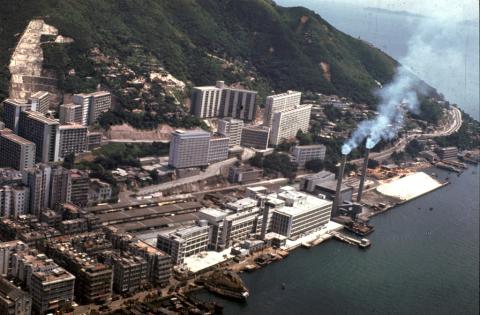
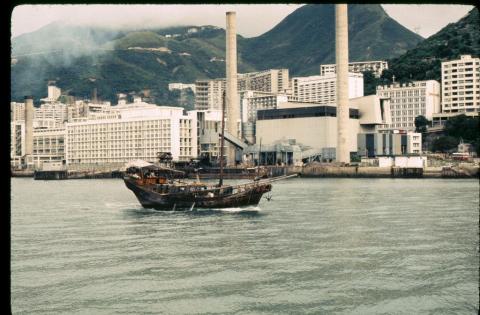
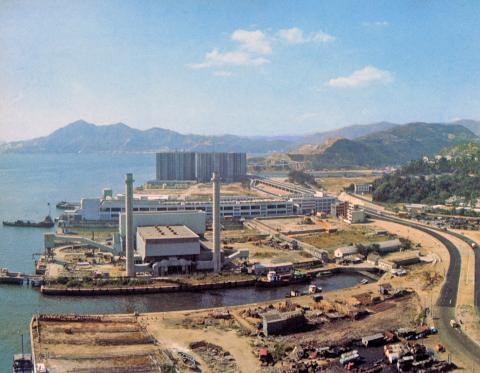

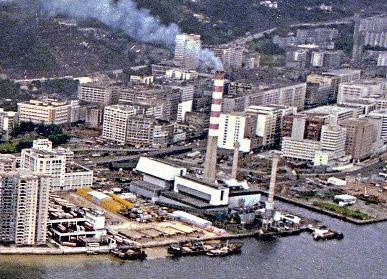
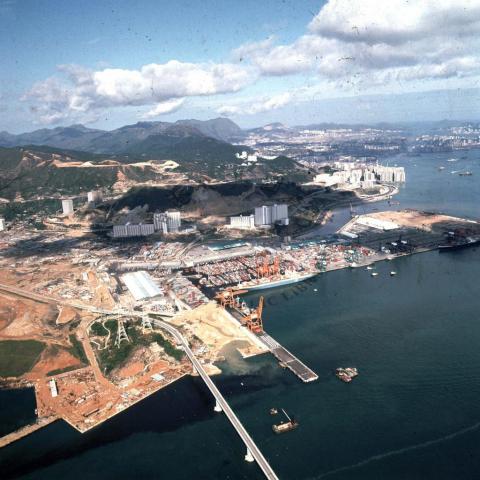
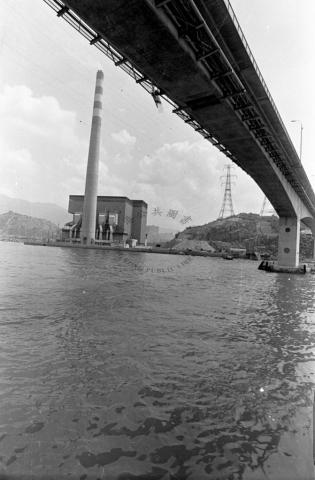
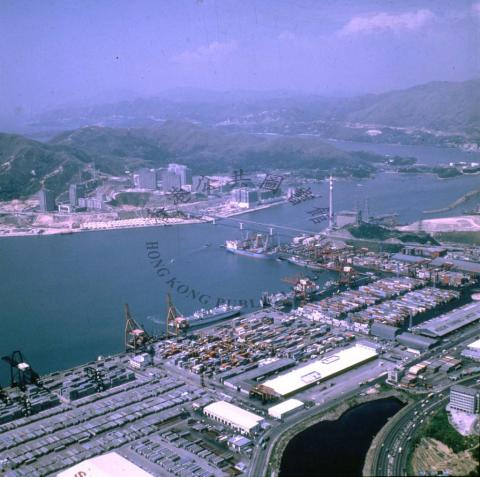
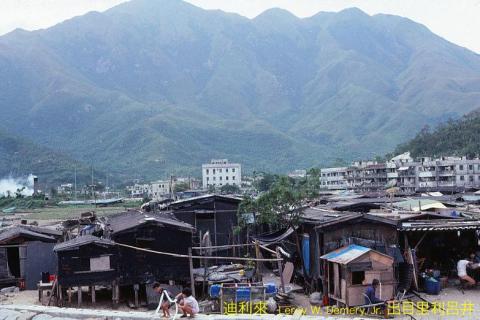
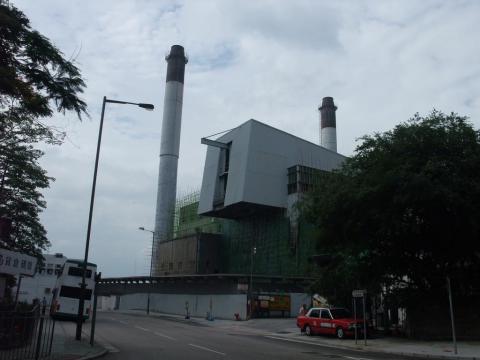
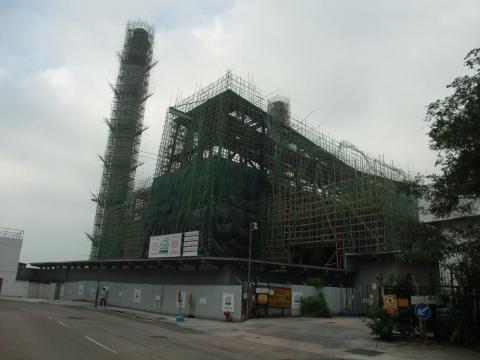
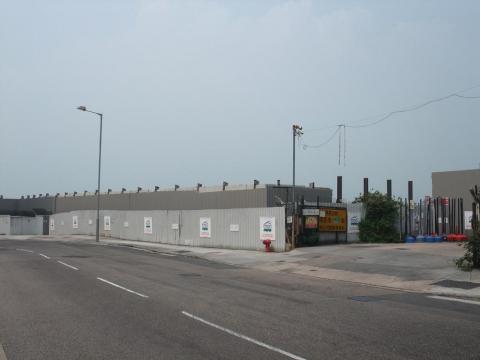
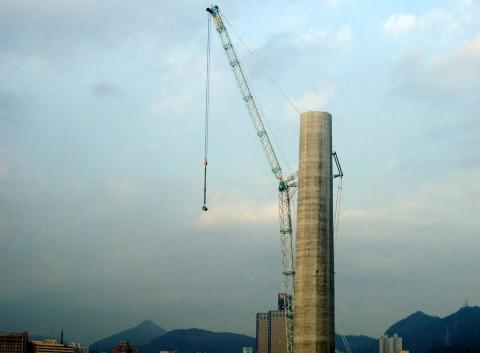
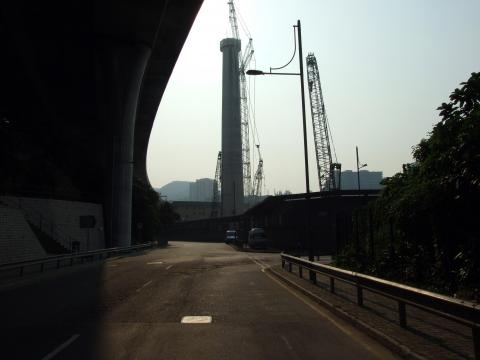

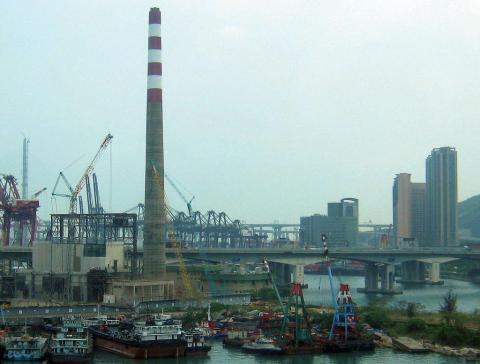

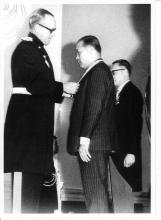
Thanks Klaus, that's a good
Thanks Klaus, that's a good summary of the incinerators over the years.
Mui Wo Incinerator
Thank you, David.
There is only one thing I'm not reallly happy about, that's the Mui Wo Incinerator. So I'm asking you and erveryone about images or any (personal) information on this incinerator. I tried my best to find out something on the internet including Flickr, but the rare informations you find on various websites are copied from each other and therefore no real help. On the govermental websites it is mentioned, but without any detailed informations. And I don't expect EPD will give an answer.
Regards, Klaus
re: Mui Wo Incinerator
Hi Klaus,
On last weekend's episode of Hong Kong Heritage, I asked listeners if anyone knew about this. Henri McKerr-Kastan kindly replied via Annemarie Evans's Facebook page: https://www.facebook.com/photo.php?fbid=10154969698352463&set=p.10154969...
That locates the earlier incinerator. I've made a page for it at http://gwulo.com/node/36631
No news about the newer one yet.
Regards, David
Facebook obstacle
Hi David,
The Facebook link I suspect doesn't work for most people, since there must be some sort of privacy restriction. Do you have permission to quote the relevant words/pasages here?
breskvar
re: Facebook obstacle
Yes, linking into Facebook never seems to work very well. I've copied the main points to http://gwulo.com/node/36631 and http://gwulo.com/node/36647